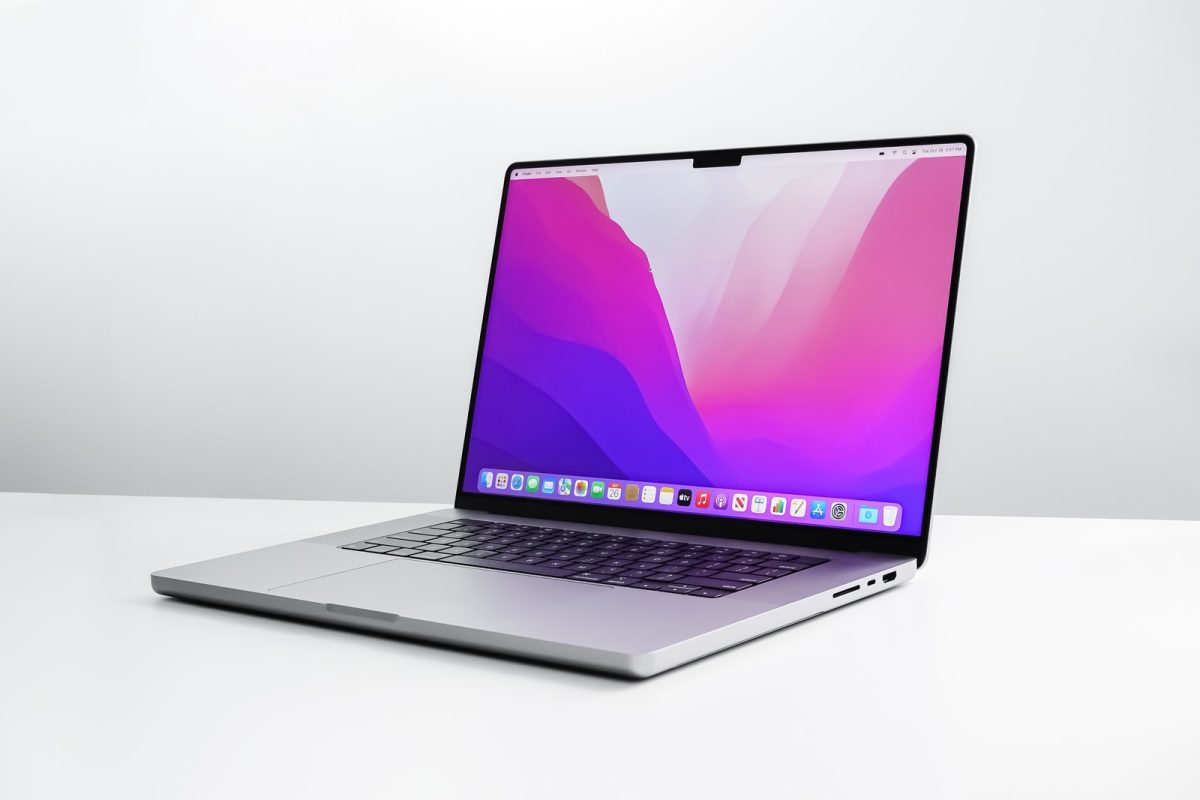The amazing new MacBook Pro’s are here and for reasons that I find bizarre, the notch at the top seems to be attracted all the attention.
Not the blistering performance. Not the amazing new screen quality. Or the return of a MagSafe power connector and numerous useful ports.
But a notch.
As technology journalist Barry Collins put it…
And I totally disagree with Barry.
In both the case of the iPhone and the MacBook, this does solve a problem – having webcams and various sensors present but allow the screen to take up as much room as possible. Other manufacturers have solved this with pop-up cameras and under-screen cameras and all have been pretty poor – the notch is actually a solution that works.
And if it so poor, why did the likes to Samsung follow suit after Apple did it with the iPhone? This, despite them mocking Apple about this in their adverts.
But it’s not without its problems and, oddly, where the issue is resolved on one platform it’s an issue on the other – essentially, iPhone and MacBooks could learn from each other.
The iPhone
The notch has been integrated into the OS well, and it automatically ensures that nothing is put where the notch is, assembling icons either side.
The problem – to me – is when you try and watch something full screen and it continues to use the area around the notch, cutting into the result. This is particularly terrible with videos.
The MacBook Pro
Here, they’ve got it totally the other way around.
They appear to have done no OS integration for the notch so menu options and icons will happily flow behind the notch, where they can’t be seen.
On the other hand, when you go to full-screen, it doesn’t include the notched area, ensuring there are no black cut-outs from any resulting display.
Now, if they put these 2 together, the notch, in my opinion, would be a lot better. Just maybe not for Barry.

Talk to me!